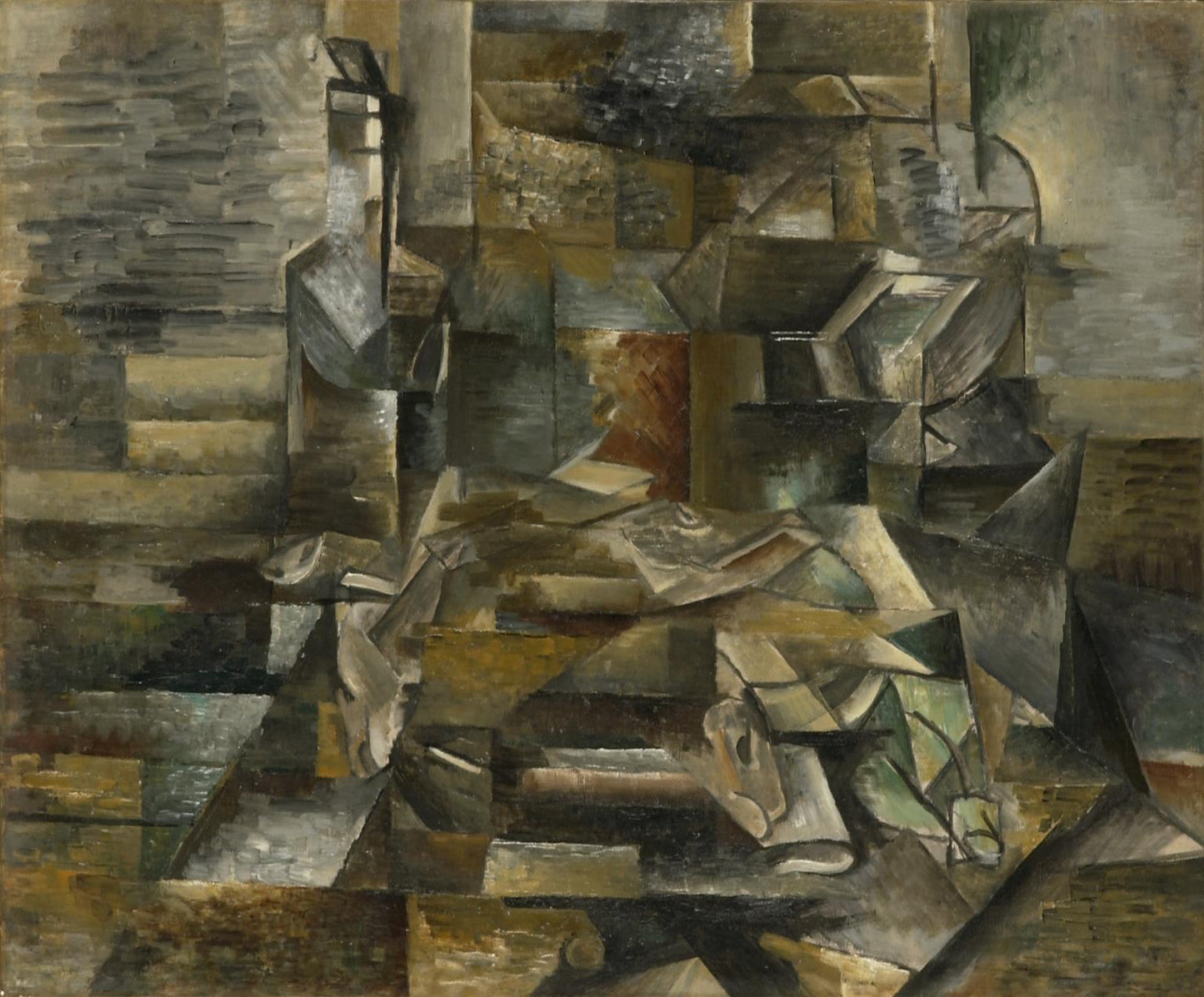
What is Cubism? Where did Cubism originate?
Cubism was a vanguard movement of the early 20th century, which was characterized by the abandonment of classical perspective and the fragmentation of forms by representing three-dimensional objects on a two-dimensional surface. The origins of this movement, conceived by just two artists, is usually identified with the creation of the famous painting by Demoiselles d'Avignon per Pablo Picasso, however it was from the works of Paul Cézanne that this one emerged. In 1907,Pablo Picasso and George Braque attended a retrospective of Cézanne's work, in which his paintings gave them an entirely new perspective, especially with regard to their treatment of space and form. Like this,Pablo Picasso it was based on the idea that Paul Cézanne conceived about how nature should be portrayed: by cylinder, sphere and cone. in the painting Demoiselles d'Avignon this idea is identified and also the fascination that artists of this time had on African art, or as it was called “primitive” arts at the time. He was Henri Matisse who exposedPablo Picasso to the African masks that fascinated the young painter and had a great impact on his creations. Namely, in Demoiselles d'Avignon the female figures have African masks and we see later the treatment of faces and figures with these characteristics in the following years.
 Les Demoiselles d'AvignoninPablo Picasso, 1907
Les Demoiselles d'AvignoninPablo Picasso, 1907
Pablo Picasso and Georges Braque created this artistic movement, when they were still young painters, practically unknown at the time. At this time the concept of the fourth dimension - the notion that all objects move in space and time - was introduced as a novelty in science and physics but also in the world of art due to the Cubists. His works with geometric figures represented the four dimensions: movement, height, length and width. Cubism also spread to other areas such as sculpture and literature with artists such as Lipchitz, Archipemko or Duchamp-Villon. In his works we can find the same fragmented geometric figures that we see in painting, as they followed the same precepts and ideas. In the 1910s, the French poet Guillaume Appollinaire created "calligramas", graphic layouts with poems that formed a drawing. Currently there is still a debate about the origin of the name of the movement - if it was Henri Matisse or the art critic Louis Vauxcelles who coined the term. Either way, Cubism shaped art history and influenced other great artists later on.
 woman in the mirror inPablo Picasso, 1932
woman in the mirror inPablo Picasso, 1932
What are the three phases of Cubism?
Cubism developed in three phases: first was CubismCézannian, followed by Analytical Cubism and, finally, Synthetic Cubism. Each phase had its own characteristics, eventually adding new materials to the works in order to give them an element of depth and dimension. Firstly, Cezanne's Cubism was influenced by the painter Paul Cézanne, after both artistsPablo Picasso and George Braque saw a retrospective exhibition on the French painter. Analytical Cubism was based on observing objects in order to represent them from various points of view. In synthetic cubism, new elements were introduced into the compositions, thus initiating the cubist collage. For example, George Braque started pasting newspapers on canvas, starting the exploration of papier-colle in this movement.
5 Main Cubist Works and Artists

Guernica inPablo Picasso, 1937
 man with guitar by George Braque,1911-12
man with guitar by George Braque,1911-12
 Landscape by Albert Gleizes, 1911
Landscape by Albert Gleizes, 1911
 The Caipirinha by Tarsila do Amaral, 1923
The Caipirinha by Tarsila do Amaral, 1923
 portrait of picasso by Juan Gris, 1912
portrait of picasso by Juan Gris, 1912
